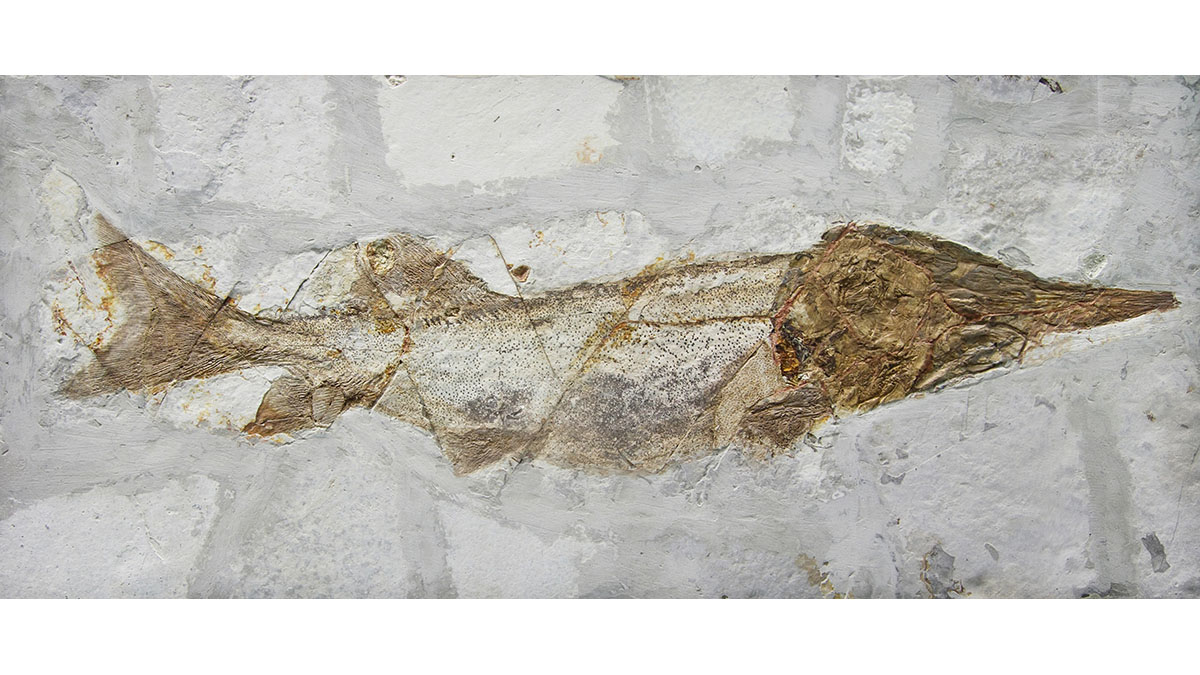Car Crashes outlines a journey that will steer your students toward authentic problem solving while grounding them in integrated STEM disciplines. As are the other volumes in the series, this book is designed to meet the growing need to infuse real-world learning into K–12 classrooms.
Car Crashes outlines a journey that will steer your students toward authentic problem solving while grounding them in integrated STEM disciplines. As are the other volumes in the series, this book is designed to meet the growing need to infuse real-world learning into K–12 classrooms.
Engineering in the Life Sciences, 9–12
Reading Nature: Engaging Biology Students With Evidence From the Living World
Polymers Course for Small Colleges and Universities
Journal of College Science Teaching—September/October 2018
By Joseph Furgal
This article describes the course design and teaching methodology for a polymer chemistry and applications lecture class specifically aimed at small college and university instruction. This intermediate course for advanced undergraduates and masters-level graduate students focuses on teaching the basics of polymer history, synthesis, and characterization with connections to the core chemistry curriculum in a small-class-size environment and without a textbook. Furthermore, an extensive overview of the applications of polymeric materials gives students a connection to real-life applications. The course includes polymer case studies, informational lessons on realworld objects made of polymers, and demonstrations. Student presentations on how polymers are important to society help connect the course to the world around them. The course is designed to instill the knowledge necessary for students to be successful in a career in polymers. A brief discussion of course reflections and student input is also given.
This article describes the course design and teaching methodology for a polymer chemistry and applications lecture class specifically aimed at small college and university instruction. This intermediate course for advanced undergraduates and masters-level graduate students focuses on teaching the basics of polymer history, synthesis, and characterization with connections to the core chemistry curriculum in a small-class-size environment and without a textbook.
This article describes the course design and teaching methodology for a polymer chemistry and applications lecture class specifically aimed at small college and university instruction. This intermediate course for advanced undergraduates and masters-level graduate students focuses on teaching the basics of polymer history, synthesis, and characterization with connections to the core chemistry curriculum in a small-class-size environment and without a textbook.
Teaching Teachers
Seeing the Struggle and Reaping the Rewards
A Pathway for Beginning to Explore the Next Generation Science Standards
Seeing the Struggle and Reaping the Rewards
By Melissa Parks
Methods and Strategies
Hiding in Plain Sight
How to identify and use trade books to support the 5E Instructional Model
By Michelle Forsythe, Julie Jackson, and Leo Contreras
Engineering Encounters
The Soda Can Crusher Challenge
Exposing Elementary Students to the Engineering Design Process
The Soda Can Crusher Challenge
By Hasan Deniz, Erdogan Kaya, and Ezgi Yesilyurt
Teaching Through Trade Books
Biological Diversity
In the Present and in the Past



